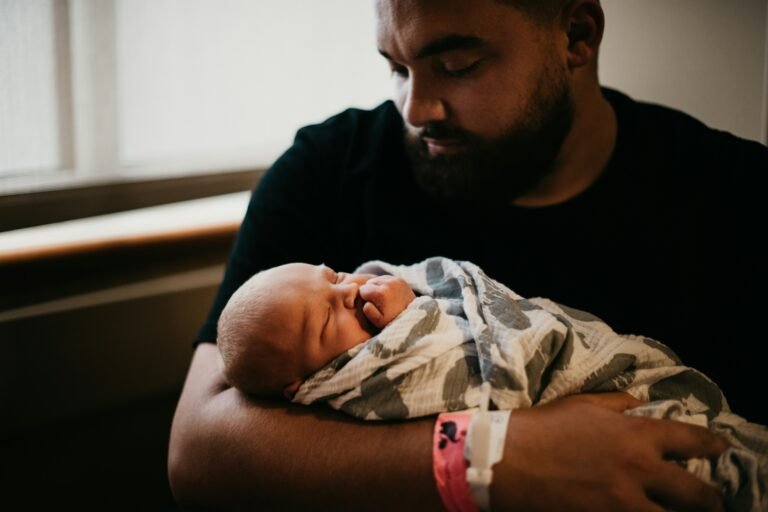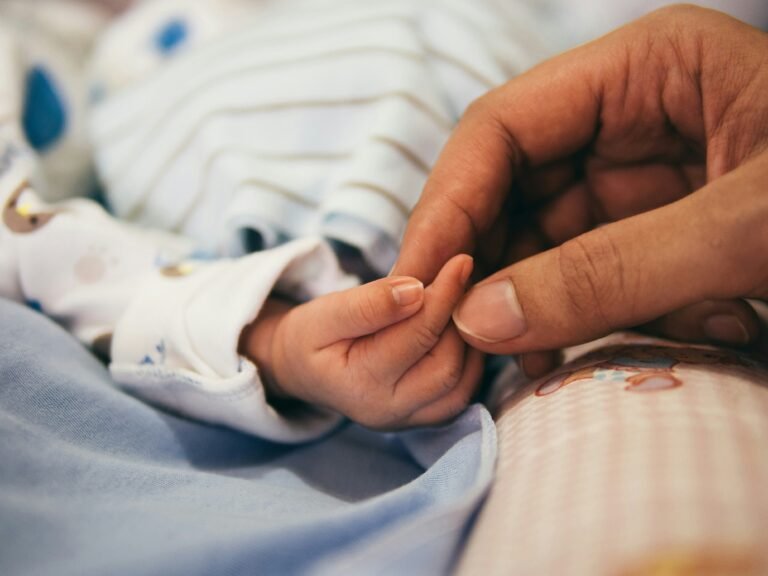What Happens Financially If You Need More Than One IVF Cycle?
While many people hope for success after a single round of IVF, the reality is that most couples require more than one cycle to conceive. If your first cycle doesn’t result in a pregnancy, what should you expect financially for subsequent rounds? This blog explores how costs evolve across multiple IVF cycles and what to consider when budgeting long-term.
A typical first cycle of IVF in the UK costs between £5,000 and £8,000, not including medication, add-ons, or freezing. If the first attempt is unsuccessful, some costs may carry over — while others start fresh. For example, consultations and testing may not need to be repeated, but medications, lab procedures, and embryo transfer will be required again.
The second cycle often costs slightly less if frozen embryos are available. A frozen embryo transfer (FET) usually costs £1,200 to £2,000. However, if you need another full stimulation cycle — including egg collection and lab fertilisation — the cost will be similar to the first round. Clinics sometimes offer returning-patient discounts, but this is not guaranteed.
Costs to expect in repeat cycles:
- Medication: £1,000–£2,000 per cycle
- Monitoring and scans: £400–£700
- Egg retrieval and lab work: £2,000–£3,000
- Embryo transfer and freezing: £1,000–£2,000
- Storage: £300–£500 per year
If you require three full IVF cycles, your total spend could exceed £20,000 — especially if additional testing (e.g., PGT-A) or ICSI is used. This doesn’t include travel, time off work, or counselling, which can add significantly over time.
Many clinics now offer multi-cycle or refund-based packages to help manage these rising costs. For example, a three-cycle plan may cost £12,000 to £15,000 upfront but provide savings of £2,000 to £4,000 compared to paying per cycle. Some plans include frozen transfers and medications, while others do not. Always check what’s included.
Financing strategies for multiple cycles:
- Start with a full budget for at least two cycles
- Explore multi-cycle packages with or without refunds
- Ask about staged payments or instalment plans
- Use a dedicated savings pot to avoid credit dependence
Real-life example: After a failed first IVF attempt, Leanne and Amir planned for a second round using a clinic package that covered three cycles. They saved £3,200 by opting in early, and their second cycle was ultimately successful.
IVF success can take time — and multiple attempts. Planning for this from the outset helps reduce stress and supports better decision-making. Whether you self-fund or use a package, budgeting beyond a single cycle is often the most realistic and responsible financial approach.







